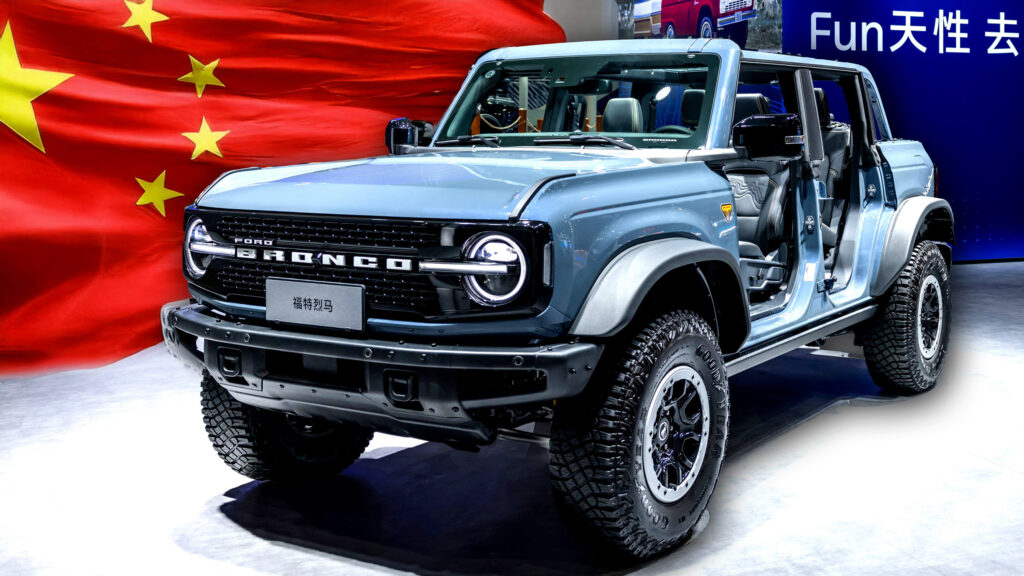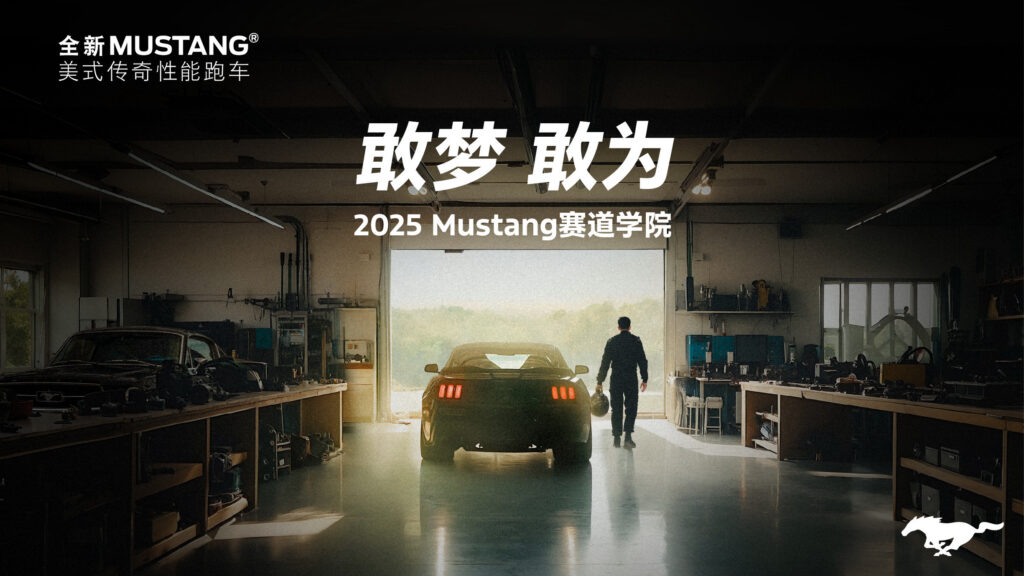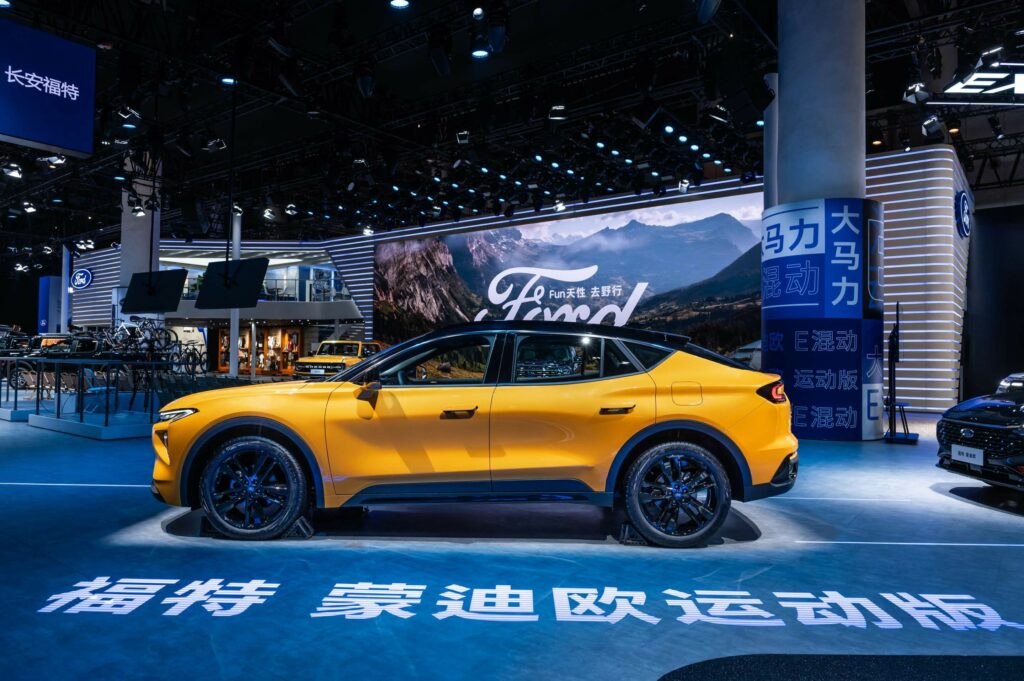Ford Halts Exports to China

Ford has made a strategic move by stopping the export of some of its vehicles to China, including popular models like the F-150 Raptor, Bronco, Mustang, and Navigator. This decision follows the introduction of increased tariffs on American-made vehicles, a direct impact of the ongoing trade war with China. The tariffs imposed by China now reach up to 150 percent as a countermeasure to the U.S. tariffs on Chinese goods.
Impact and Strategy

In 2024, Ford imported just 5,500 vehicles from the U.S. out of the 400,000 units sold in China, suggesting the impact on overall sales may be limited but significant in terms of market presence. Models like the F-150 Raptor, which can exceed $100,000 in the Chinese market, were part of Ford’s branding strategy to showcase its American legend status. Despite this export halt for assembled vehicles, components such as U.S.-built engines and transmissions will continue to be shipped.
Price Increases on the Horizon

Back in the U.S., Ford plans to raise the prices of its vehicles if the trade situation persists. Even with 80 percent of its vehicles sold domestically being made right here at home, the reliance on overseas parts means there’s some exposure to tariffs. An internal memo has already set the stage for potential price hikes, which reflects the broader industry’s shuffle to adapt to these economic challenges.
Driving Experience
Now let’s talk about the driving experience. Taking the F-150 Raptor, for example, it’s a truck like no other with its high-performance capabilities—perfect for off-road enthusiasts who want a truck that doesn’t just talk the talk. Its beefy 450 horsepower and off-road suspension transform rough terrain into a smooth ride. Compare it to others in its class, and it’s clear why it stands out. Then there’s the Mustang, the epitome of an American muscle car. This car pairs raw power with sophistication, offering a thrilling drive whether cruising the coast or tackling the twisties. Ford’s performance models consistently offer a stalwart driving experience that appeals to both die-hard fans and new customers looking to experience a piece of American automotive culture.
The Tariff Dilemma
The Center for Automotive Research anticipates the 25 percent tariffs could increase costs for automakers by around $108 billion in 2025. This fiscal squeeze has everyone from the Big Three in Detroit to overseas brands reconsidering their market strategies. While there might be some exemptions in the works, there’s still a lot of unpredictability about how the automotive import landscape will evolve.
Sticking with the American classics could be a clever move for those wanting to dodge future price jumps. Ford, amid tariff challenges, is adapting, but ultimately hopes for resolution as it continues to navigate these financial headwinds.
Elise Goes Off-Road
Porsche's $340K Flip
Watch That Hood
Riddara RD6 Unveiled
Dodge Hornet Bargains